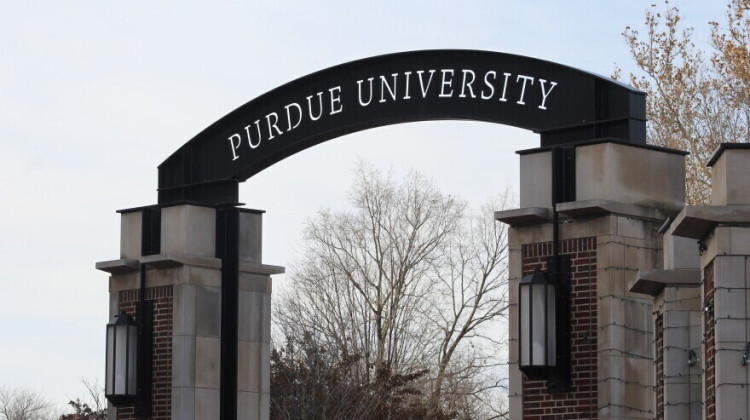
The Indiana Homeless Students Education Status Report, released Thursday, Feb. 20, 2025, found significant gaps in attendance, discipline, and academic achievement between racial and special education subgroups compared to housed students.
Allison Shelley for EDUimagesNearly 18,700 children and youth experiencing homelessness were enrolled in Indiana schools in the 2022-23 academic year, according to a new report from the education nonprofit Brightlane Learning. That’s a 15% increase from 2019. Academic performance, graduation rates, and attendance for homeless students have also declined.
Advocates say children experiencing homelessness face a higher likelihood of mental and physical health issues, according to the report. They also tend to have lower academic performance and graduation rates
The report, based on data from the Indiana Department of Education, compares the educational outcomes of 18,686 students facing housing instability to students with stable housing. It also highlights disparities in educational outcomes by race and gender among unhoused students.
Schools role in addressing student homelessness
Kelly Coker, chief operating officer of Brightlane Learning, said housing instability became more evident to educators when students moved to virtual learning during the pandemic. Teachers are often the first to recognize signs that a student is facing housing instability, she said, and other organizations can step in to provide support.
“Schools cannot do it alone,” Coker said. “This is one population of students in the building who have additional needs. They are not the only population in the building with additional needs.”
Coker said she hopes the report encourages community members to help, whether by volunteering or asking schools directly what they need.
“I think the biggest takeaway in my mind from the report is that the response has to be community wide,” she said.
Racial and special education disparities
The report found significant gaps in attendance, discipline, and academic achievement between racial and special education subgroups compared to housed students.
- Attendance: Black homeless students had an attendance rate 7.8 percentage points lower than all housed students and 5.5 points lower than housed Black students.
- Suspension: Black homeless students were suspended at a rate 2.7 times higher than all housed students and 1.3 times higher than housed Black students. Special education students experiencing homelessness were suspended at a rate 2.7 times higher than all housed students and 1.8 times higher than housed special education students.
Impact of housing insecurity on academics
The study used state academic data to track the achievement of students facing homelessness.
In the 2022-23 academic year, 25% of Indiana’s homeless students lived in Marion County, followed by 8% in Allen County, 5% in Lake County, and 3% in Tippecanoe County.
The study found that 57% of homeless students passed IREAD-3, the state’s early literacy assessment—15 percentage points lower than housed students. In 2019, 72% of homeless students passed the exam.
In 2023, 82% of homeless students graduated in four years, 9 percentage points lower than the 91% rate for housed students. Additionally, 10% of homeless graduates received a waiver diploma, meaning they did not meet standard graduation requirements.
Students experiencing homelessness are also more likely to be suspended. About 20% of homeless students were suspended at some point during the 2022-2023 school year, nearly twice the rate of housed students.
WFYI education reporter Sydney Dauphinais covers Marion County schools. Contact her at sdauphinais@wfyi.org.
 DONATE
DONATE






 Support WFYI. We can't do it without you.
Support WFYI. We can't do it without you.